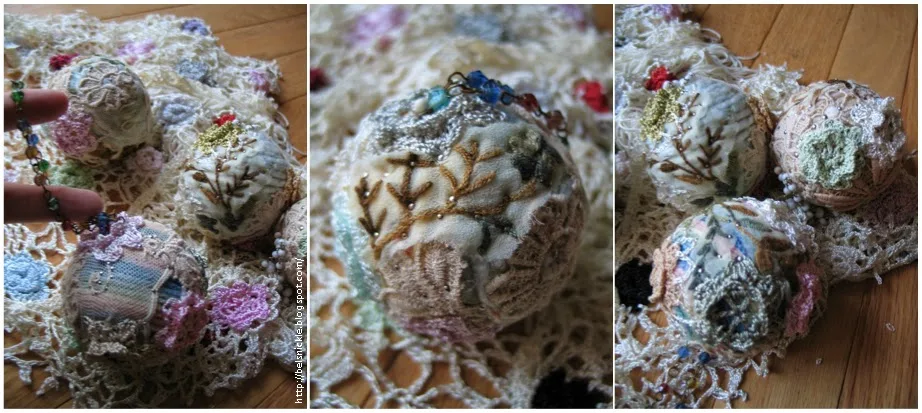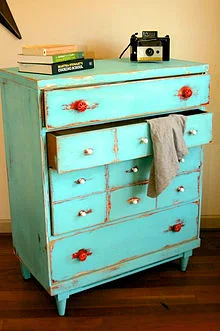If you are anything like me, you will be reading this post at 4:30 in the morning while surfing for one last craft to make for your tree. The only difference between us is perhaps that I am looking to teach it and you are looking to receive it.
Although I've managed to keep my pocket book under control and I don't spend as much money as most Americans do at Christmas time, I still dream of decorating my home with items that would cost a small fortune in real life. And this dreaming starts about mid June for me, every year, without fail.
I walk through the rooms of my home and I can't help but fantasize about draping evergreens loaded with tinsel, ice and extravaganza. However, I'm not just thinking about them in my own home, I am also thinking about them in everybody else's and I guess this is what makes me a little strange.
What is this madness all about? I'm not quite sure but I think it has something to do with my childhood. My father was quite a daydreamer, something like Walter Mitty. He pursued architecture, religion and history throughout his life in that very order. He had the kind of curiosity that only children understand.
My mother was the opposite, full of common sense and a little restrictive. She had to be as long as he was alive. But, since my father has died, she has become just as romantic as he was. As we age we begin to realize that what others did for us must be repeated in ourselves in order for their memory to remain alive. I think this is why my father cared so much about history. He just wanted to keep repeating the best parts of it so that the people he loved would never be lost or forgotten.
So here is my next contribution. During the late 1800s through the first World War, cotton batting ornaments were most popular and although you may not be able to purchase a set of these spun cotton icicles realistically, you can handcraft them with just a bit of time and patience.
 |
| I handcrafted a set of six cotton batting icicles for my tree. |
Supply List:
- Both white cotton batting balls and a white cotton batting sheet
- iridescent glitter
- red holly berries
- faux pin needles (cut an artificial branch)
- masking tape
- wooden skewers
- newsprint
- white school glue
- white tacky glue
- scissors
- wire to shape a hooks
- I purchased wooden skewers for this project from the grocery store and then broke them in half. You may make your own icicles any length that you desire. But, do use a strong stick, pencil or skewer inside the core of your icicles. These will prevent the ornaments from breaking, should these receive a bit of rough handling over time.
- Crush newsprint and layer masking tape on top of it to shape your icicle's form.
- I used cotton batting wire to shape hooks on top of each icicle for hanging. Glue and tape these firmly in place before you begin wrapping the icicles with cotton.
- In this case, I recommend that you wrap the first layer with a sheet of cotton batting and white school glue. Wrap the subsequent layers with unraveled cotton balls.
- After you have layered both cotton and glue, ending with a light coating of glue always, let the icicles dry thoroughly in a warm area.
- Poke a hole into the surface of your icicle and fill it with tacky white glue and faux berries/pine needles. Let dry.
- Unravel white cotton balls and apply glue in a spiral pattern down the length of your icicle. Wrap and twist a last layer of batting to form the pattern demonstrated in the photos below.
- Wipe on a final coating of white school glue and sprinkle a generous amount of iridescent glitter onto the wet surface. Let the icicles dry and then hang them on the tree for an impressive winter display!
 |
| Pictured above are the wooden skewers wrapped and ready to be turned into something special. |
 |
| The first layer of batting is made of a cotton sheet, normally this is used to line blankets and quilts with. |
 |
| After your icicles dry, poke a holes into their surfaces and paste in faux pine needles and berries. |
 |
| To add the final touches, wrap and twist cotton batting down the length of each icicle with glue. On the far right you can see that I've also sprinkled glitter onto the surfaces of my icicles. |







































_grave%2C_Hingham_Center_Cemetery%2C_Hingham%2C_Plymouth_Co.%2C_MA.jpg)
